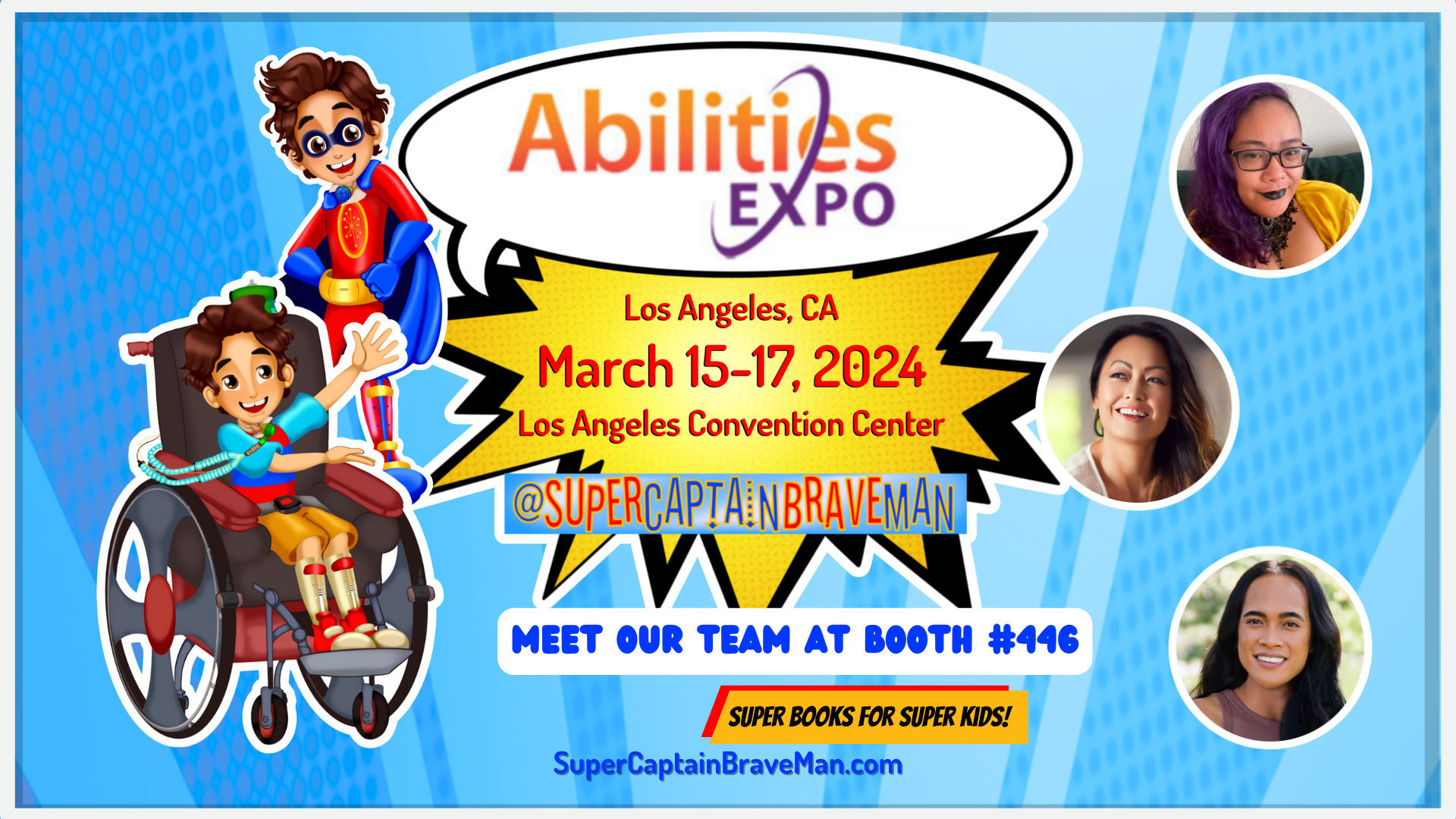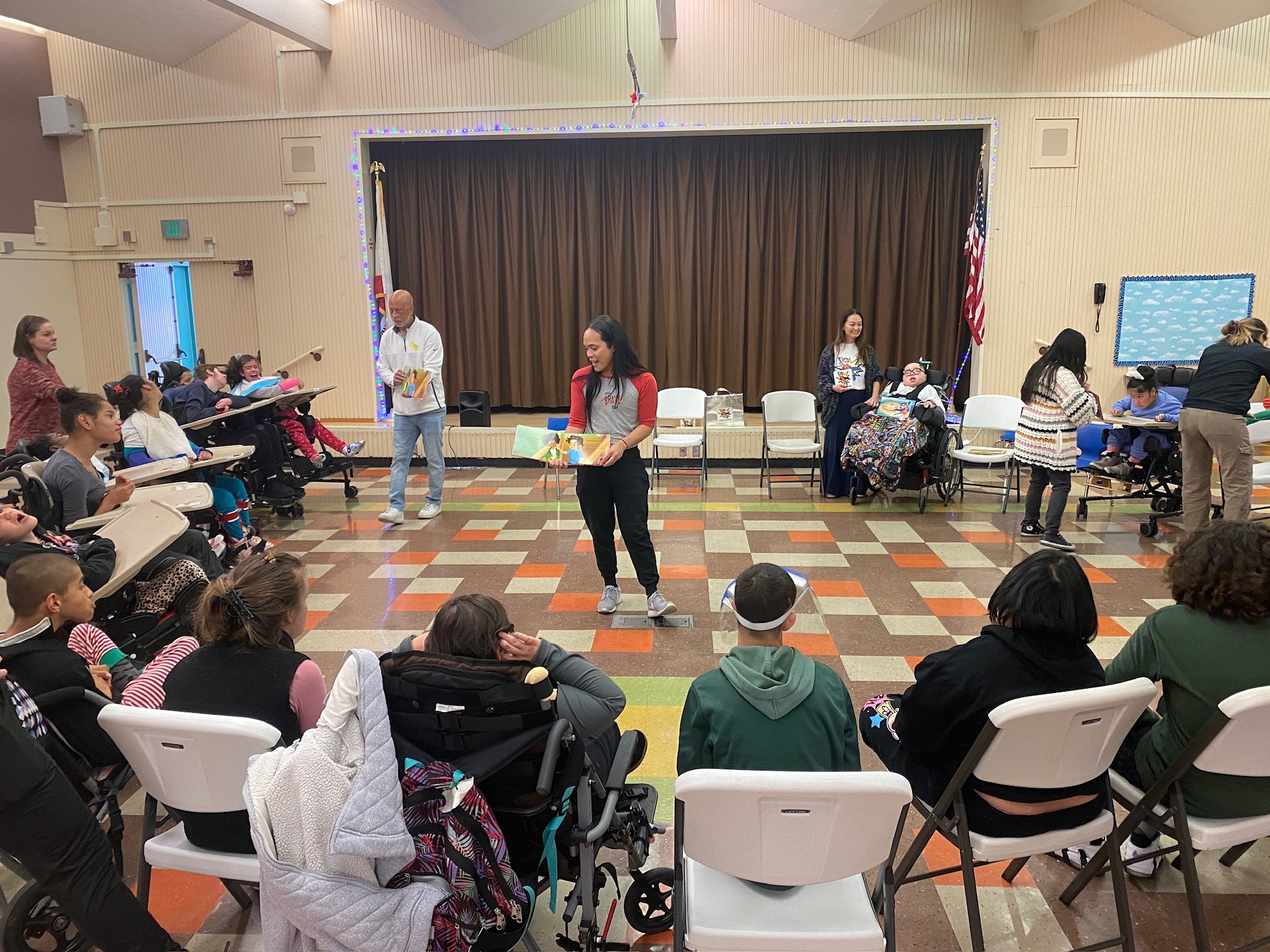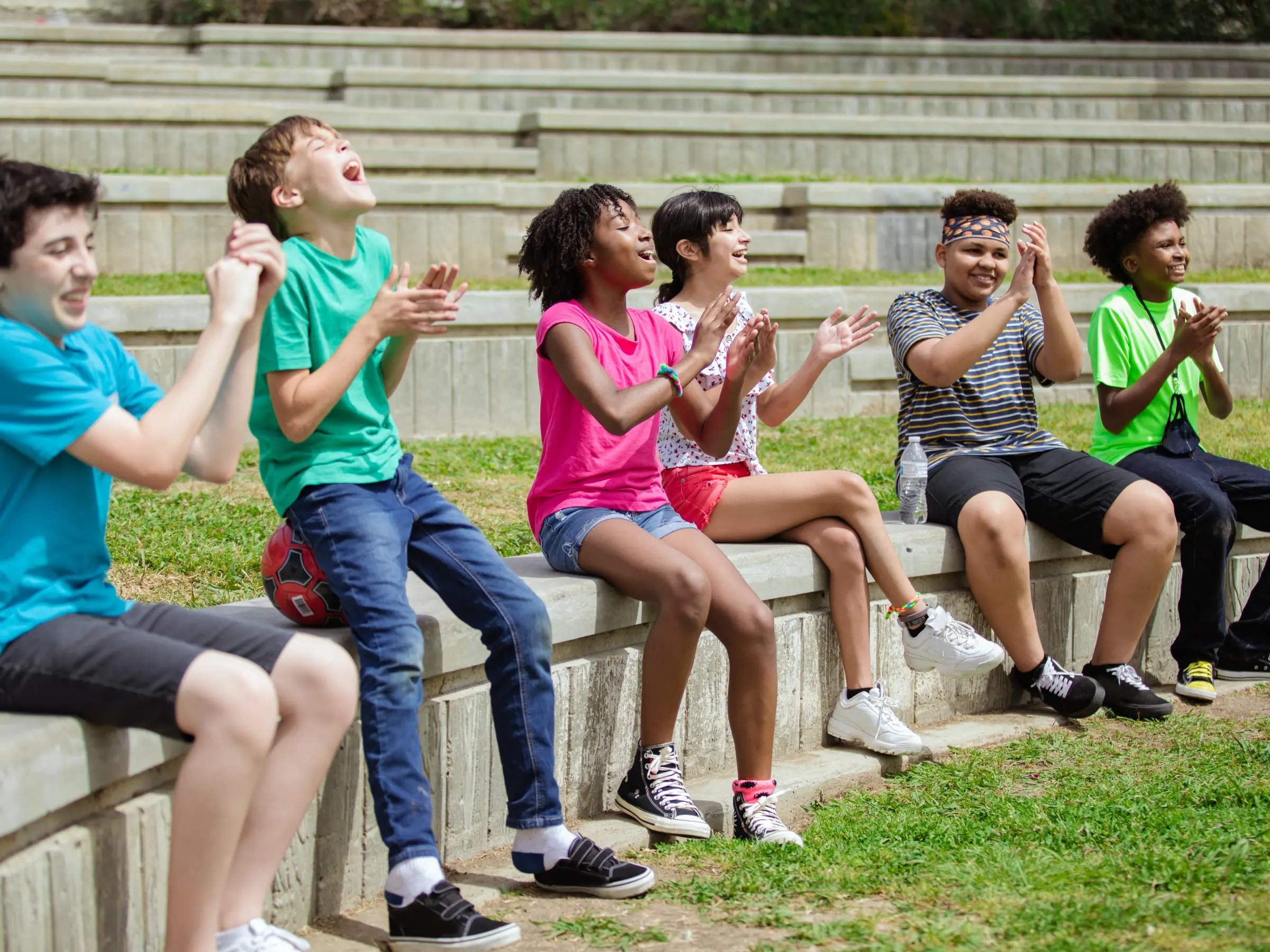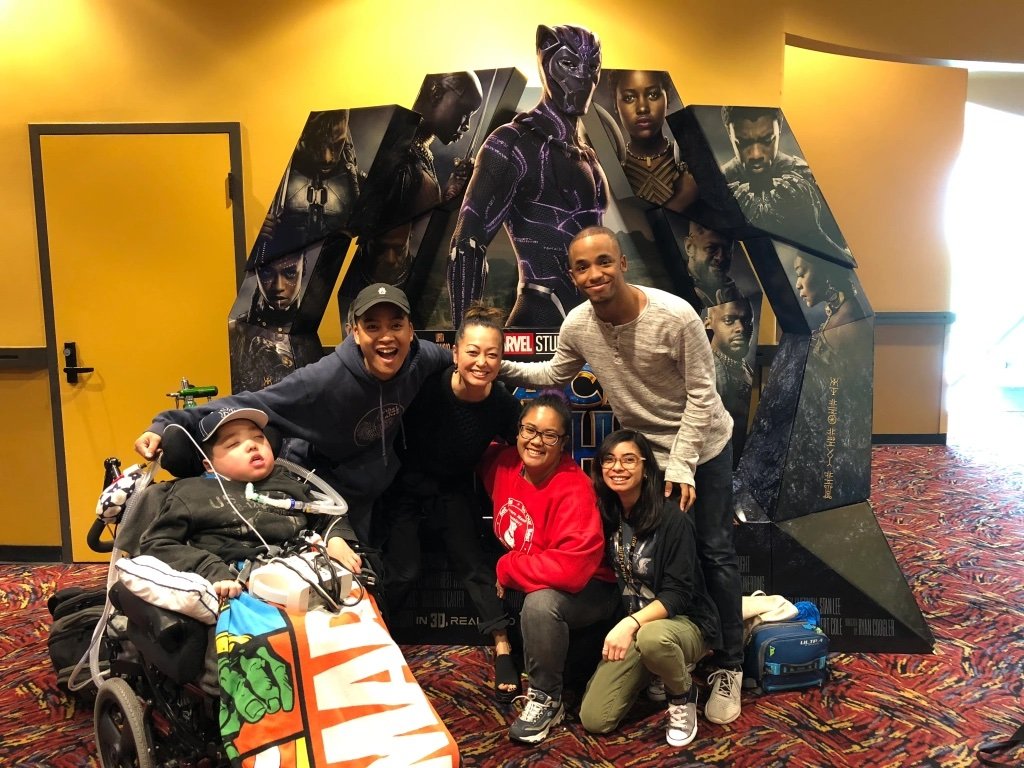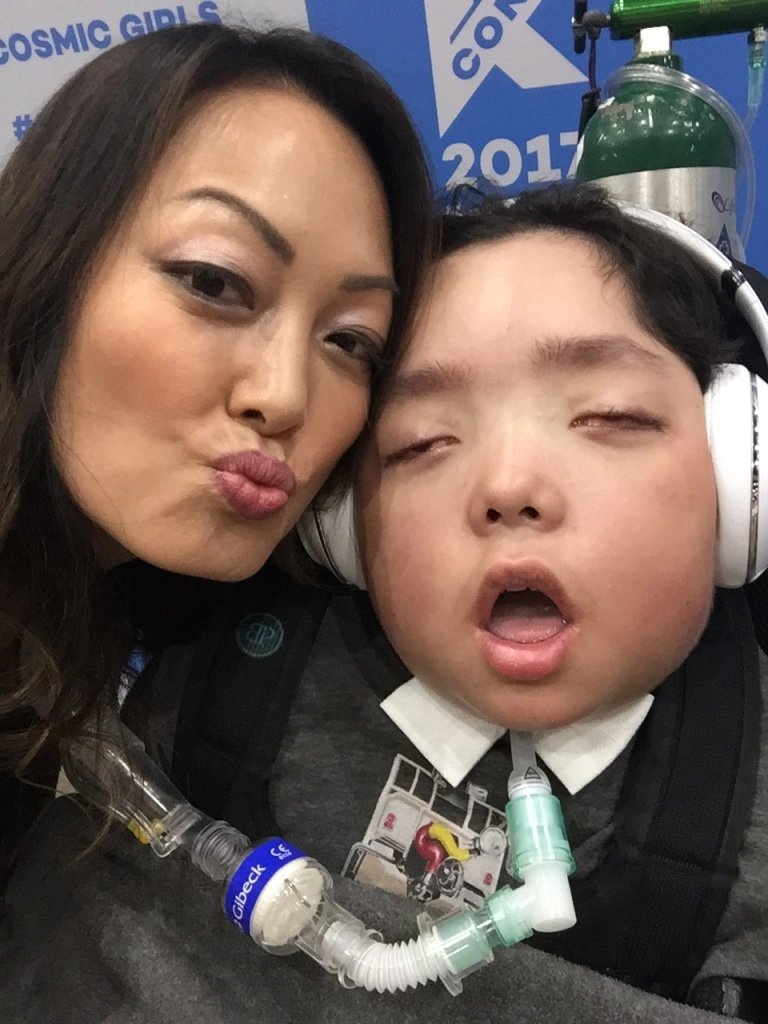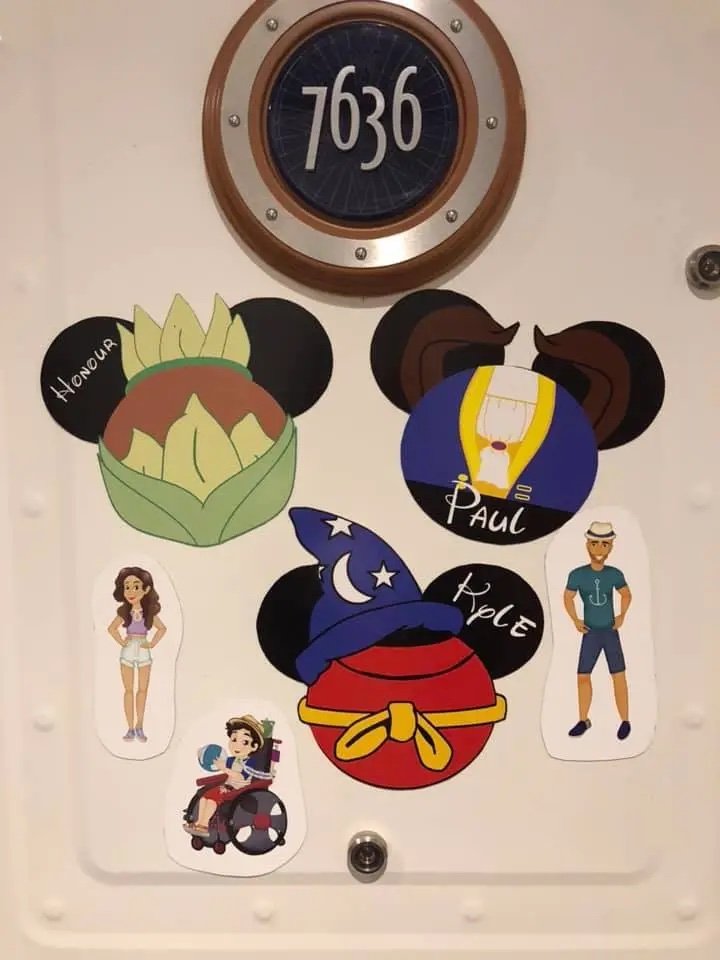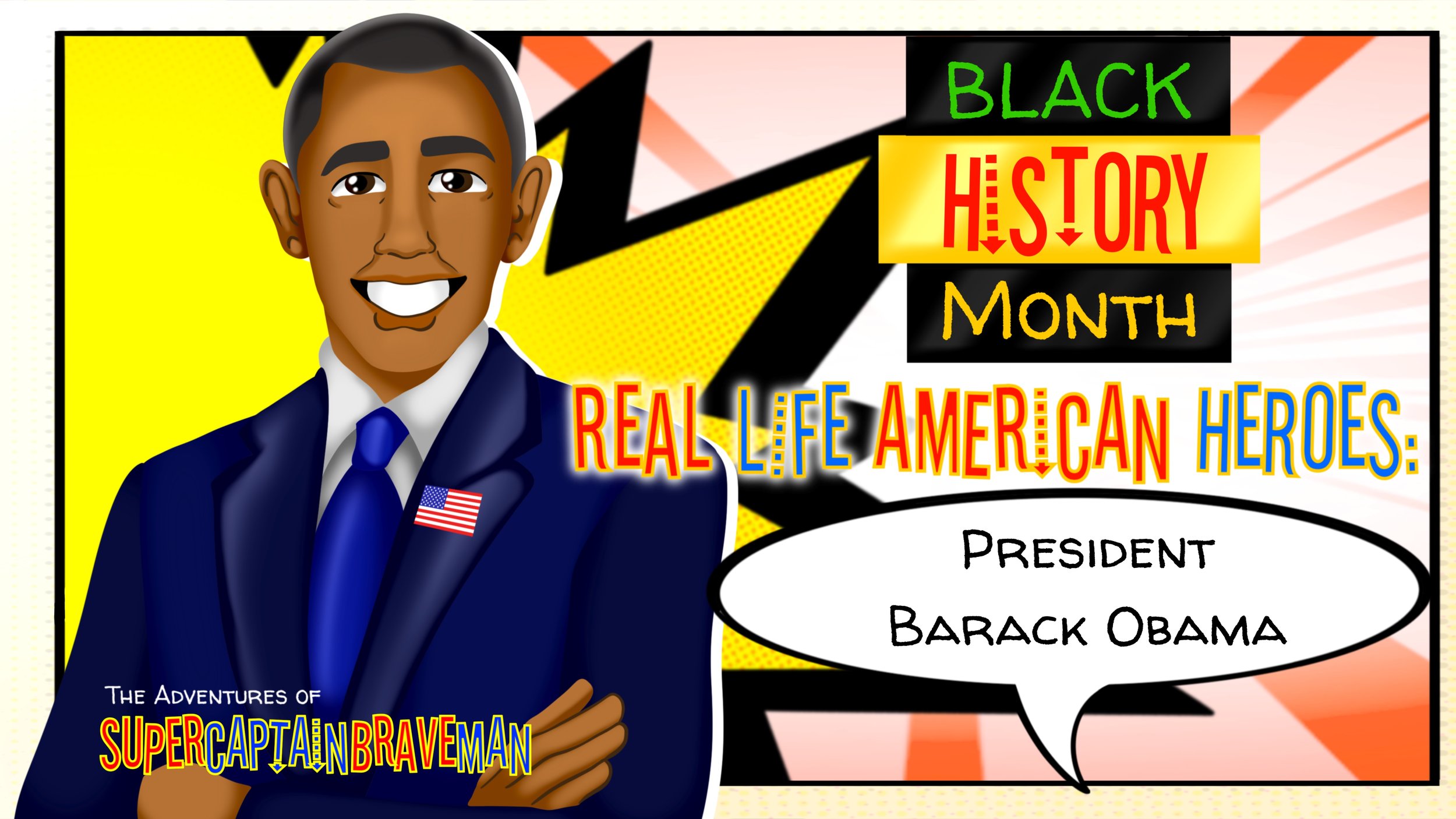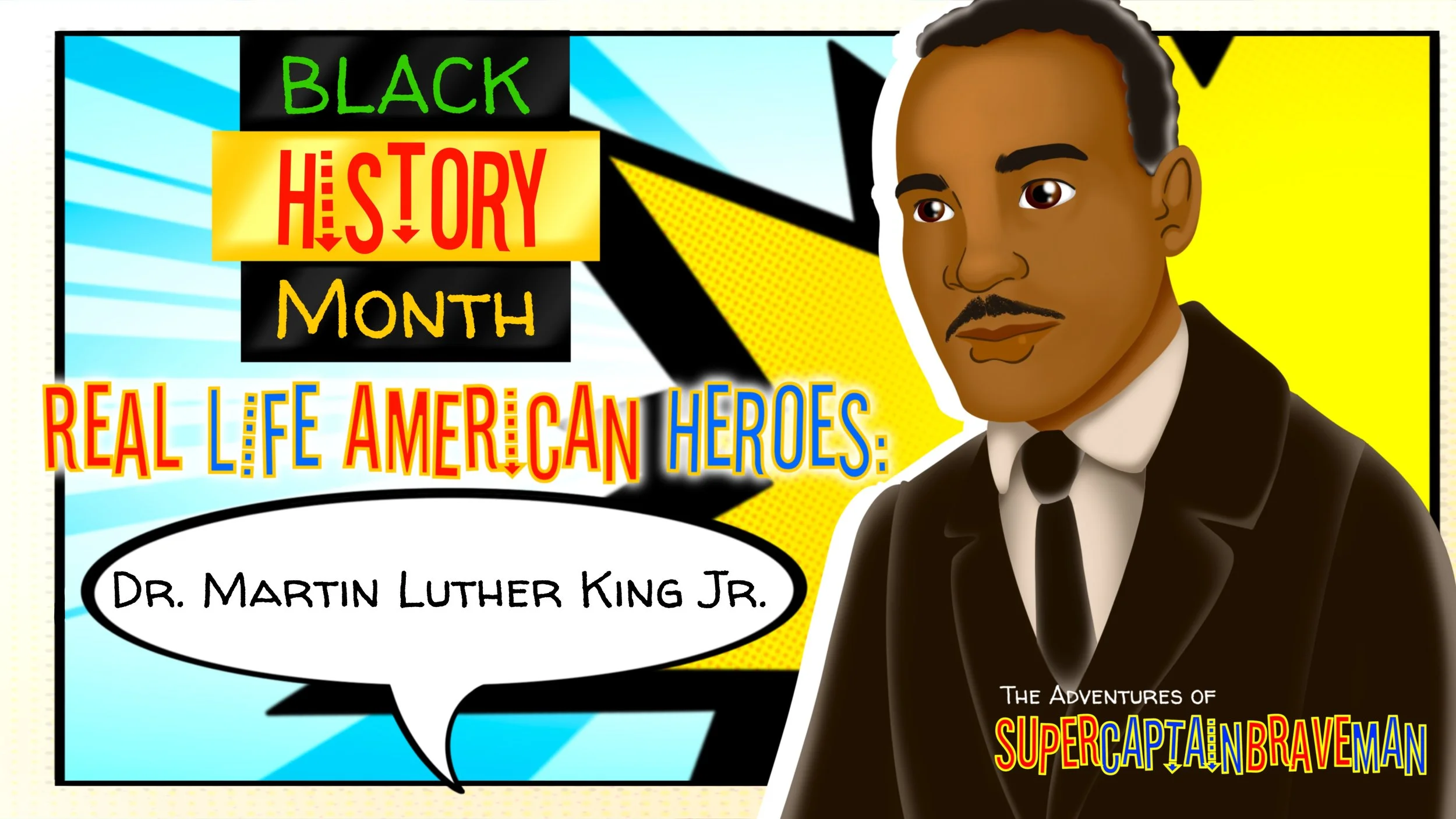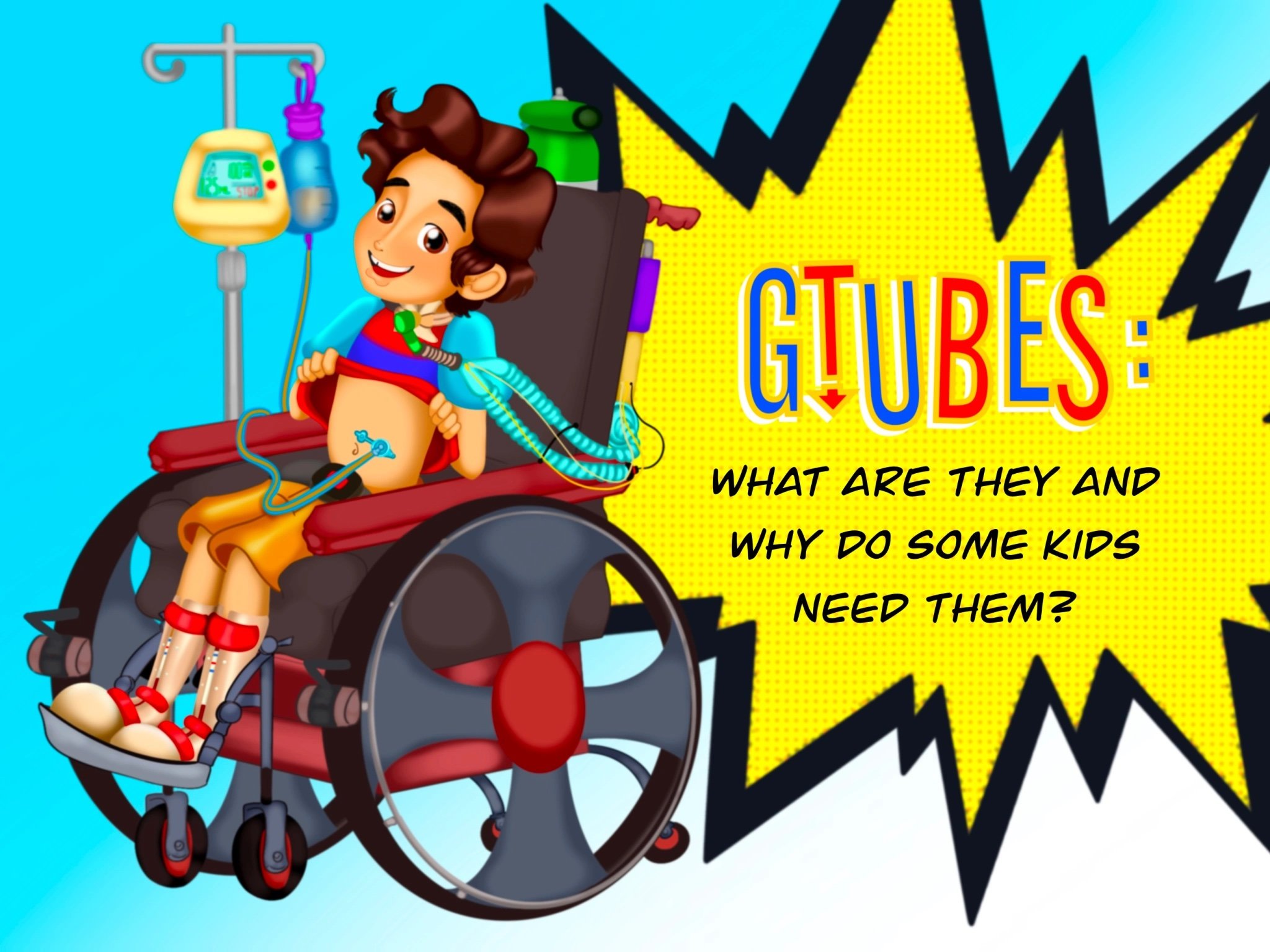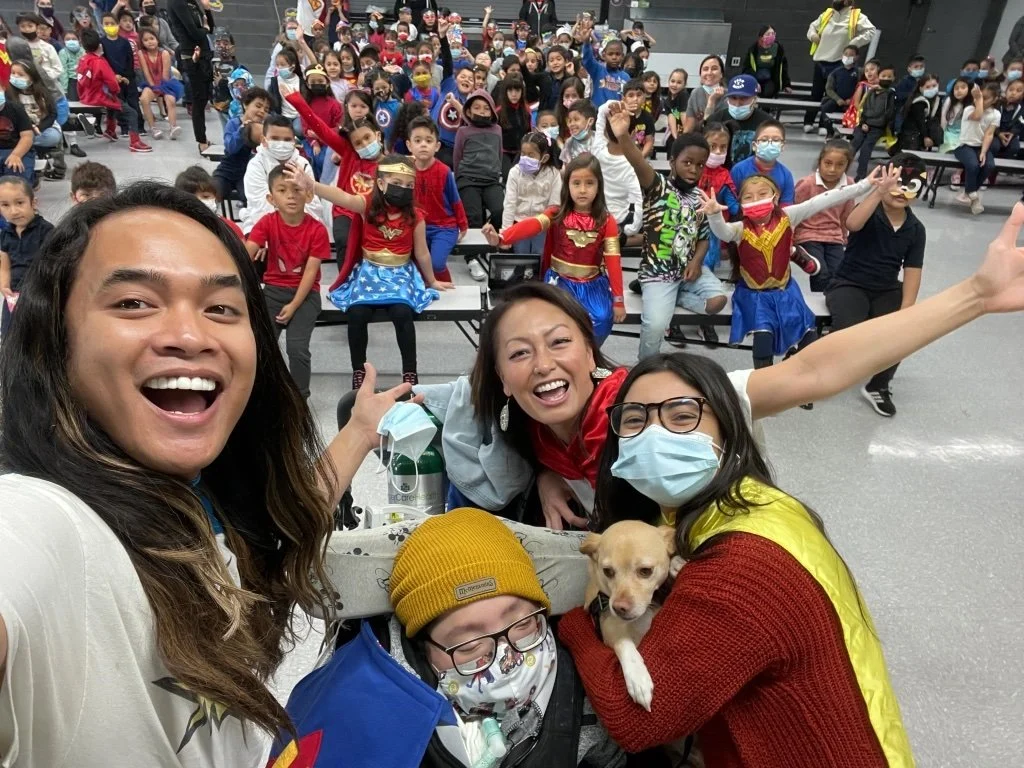This Is How We Roll! 🛼🛼
/Let’s Have Fun Together: Activities for Everyone!
Have you ever been to a super fun event where everyone is welcome, no matter what their abilities are? Well, let me tell you about an awesome event called Spectrum Skate! It was an exciting day filled with skating, games, and lots of smiles, all made just for people with different abilities. But that’s not all—we’ll also talk about other fun activities that people of all abilities can enjoy, so no one is left out of the fun!
What is Spectrum Skate?
Imagine going to a roller-skating party where everyone is invited to roll around the rink, play games, and just have a blast. That’s what happened at Spectrum Skate, an event hosted by Infinite Flow Dance, a super cool group founded by Marisa Hamamoto. The event took place at the Fountain Valley Skating Center in Southern California, and it was co-hosted by a fun skating expert named Dirty Deborah Harry.
What made this day extra special was that it was made for people with all sorts of different abilities. Over 20 friends with disabilities came to skate, play limbo, and enjoy the day with their family and friends. Even if they had never skated before, everyone was able to learn in a way that felt safe and fun!
A Skating Party for Everyone
At Spectrum Skate, the rink was designed to be sensory-friendly. This means that things like bright lights and loud music were kept at just the right level so that nobody felt overwhelmed. People could skate at their own pace, take breaks if they needed to, and just have fun without feeling pressured.
This was the very first time Kyle got on a skating rink! He loved how everyone could join in, whether they were beginners or pros. There was a fun game of limbo where people tried to skate under a bar while staying balanced on their skates. It was a great way to show that skating isn’t just about speed—it’s about having fun with friends!
Adaptive Skating: Skating in a New Way
Some people who attended Spectrum Skate used special roller skate trainers. Adaptive skating sure can help people feel better! It’s all about making sure that everyone, no matter their ability, can enjoy the feeling of gliding across the rink. Whether sitting down on special skates or holding onto a guide for balance, everyone got to feel the freedom of rolling on wheels.
Dirty Deborah Harry was there to cheer people on and help teach them how to skate. With her friendly attitude and years of experience in the skating world, she made sure everyone felt confident to give it a try. It didn’t matter if it was your first time on skates or if you were a pro—everyone was having fun together!
Other Fun Activities for People of All Abilities
Skating isn’t the only fun thing that people with disabilities can do. There are lots of activities out there where everyone can join in. Here are some other cool ideas:
1. Dancing for Everyone
Dancing is an awesome way to move your body and feel the music. Even if you’re in a wheelchair or need help with balance, adaptive dance makes sure everyone can join in. You can move your arms, roll to the beat, or even follow along with a partner. Dancing is all about expressing yourself, and there’s no wrong way to do it!
2. Wheelchair Basketball
Basketball is an exciting sport, and wheelchair basketball makes it easy for people who use wheelchairs to join the game. Just like regular basketball, players pass, dribble, and shoot to score points—but everyone plays sitting down. It’s fast-paced and super fun!
3. Yoga for Relaxation
Did you know that yoga can be adapted for all abilities? Adaptive yoga lets you stretch, breathe, and relax in a way that works for your body. You can do it sitting down, lying down, or using props to help you balance. Yoga helps you feel calm and strong, and it’s a great way to unwind after a busy day.
4. Making Art
Art is a fantastic way to express yourself, and you don’t need to be a professional artist to have fun with it! Art therapy is a way for people with disabilities to create their own artwork, whether through drawing, painting, or making sculptures. It’s a great way to show your feelings without using words, and you can be as creative as you want!
5. Riding Horses
Equine therapy lets people with disabilities spend time with gentle, friendly horses. Riding a horse can help with balance and strength, and it’s also a lot of fun! Plus, spending time with animals can help you feel calm and happy. It’s a special way to connect with nature and try something new.
6. Swimming
Do you love the water? Adaptive swimming is perfect for people who need help moving around. The water helps you float and makes it easier to move your body. Whether you’re swimming laps or just splashing around, it’s a great way to exercise and have fun at the same time.
Why Inclusive Activities Matter
Events like Spectrum Skate show us how important it is for everyone to be able to take part in fun activities, no matter their abilities. When activities are planned with everyone in mind, it means no one gets left out, and that’s how it should be! Everyone deserves to have fun, feel included, and share special moments with friends and family.
By making activities like skating, dancing, and swimming more accessible, we create more chances for people with disabilities to have fun and stay active. And when we all play together, we make our communities stronger and more caring.
How to Make More Fun Events
The best part about events like Spectrum Skate is that they make sure everyone can join in the fun. Whether it’s adjusting the lights and music or using special equipment, there are so many ways to make activities more inclusive.
If you’re thinking of planning a fun event or activity, here are a few things to think about:
Sensory-friendly spaces: Keep the lights and sounds at a level that’s comfortable for everyone.
Breaks and rest areas: Make sure there are places where people can take a break if they need to rest.
Helpful guides and teachers: Have friendly people like Dirty Deborah Harry at the event to help guide and encourage everyone.
Adapted equipment: Use special gear, like adaptive skates or seated yoga mats, so that everyone can take part.
Encouragement for all: Celebrate every win, no matter how small—whether it’s learning to skate for the first time or just joining in on the fun!
Wrapping Up the Fun
Spectrum Skate was a huge success because it showed that people of all abilities can come together, have fun, and move their bodies in a way that feels good for them. Whether you’re rolling around on skates, dancing to the beat, or trying out a new sport like wheelchair basketball, there are so many ways to enjoy activities made for everyone.
So next time you think about trying something new, don’t be afraid to join in, even if you need a little extra help. Fun should be for everyone—and when we all play together, that’s when the magic really happens!










